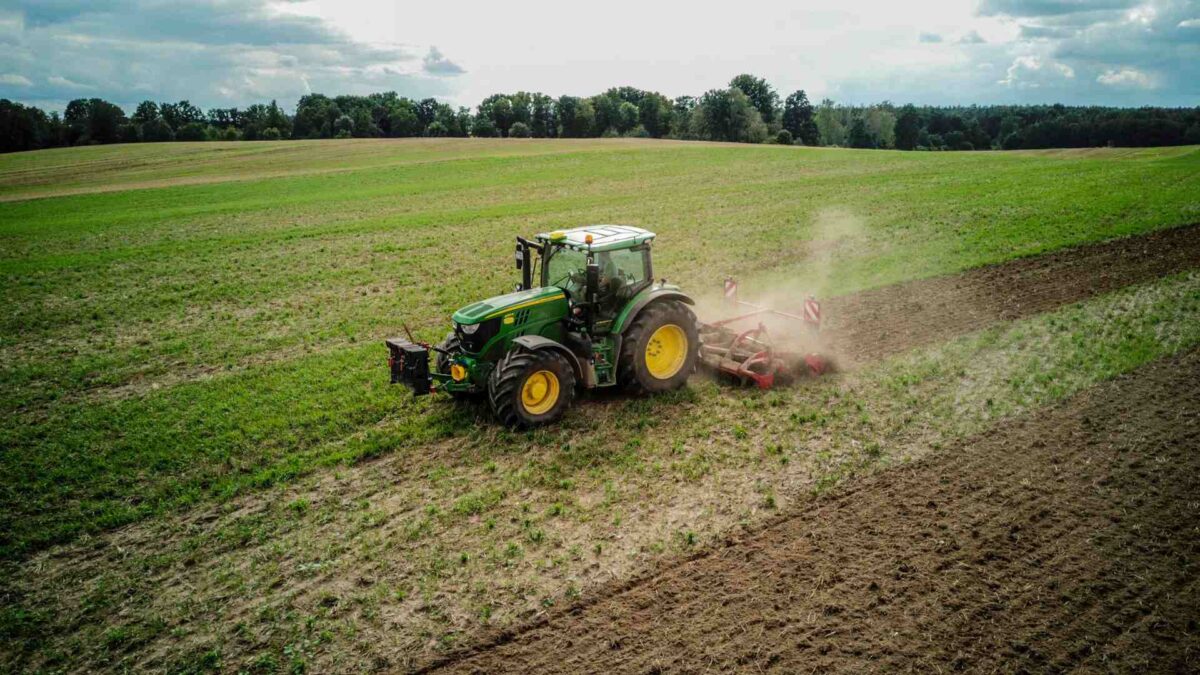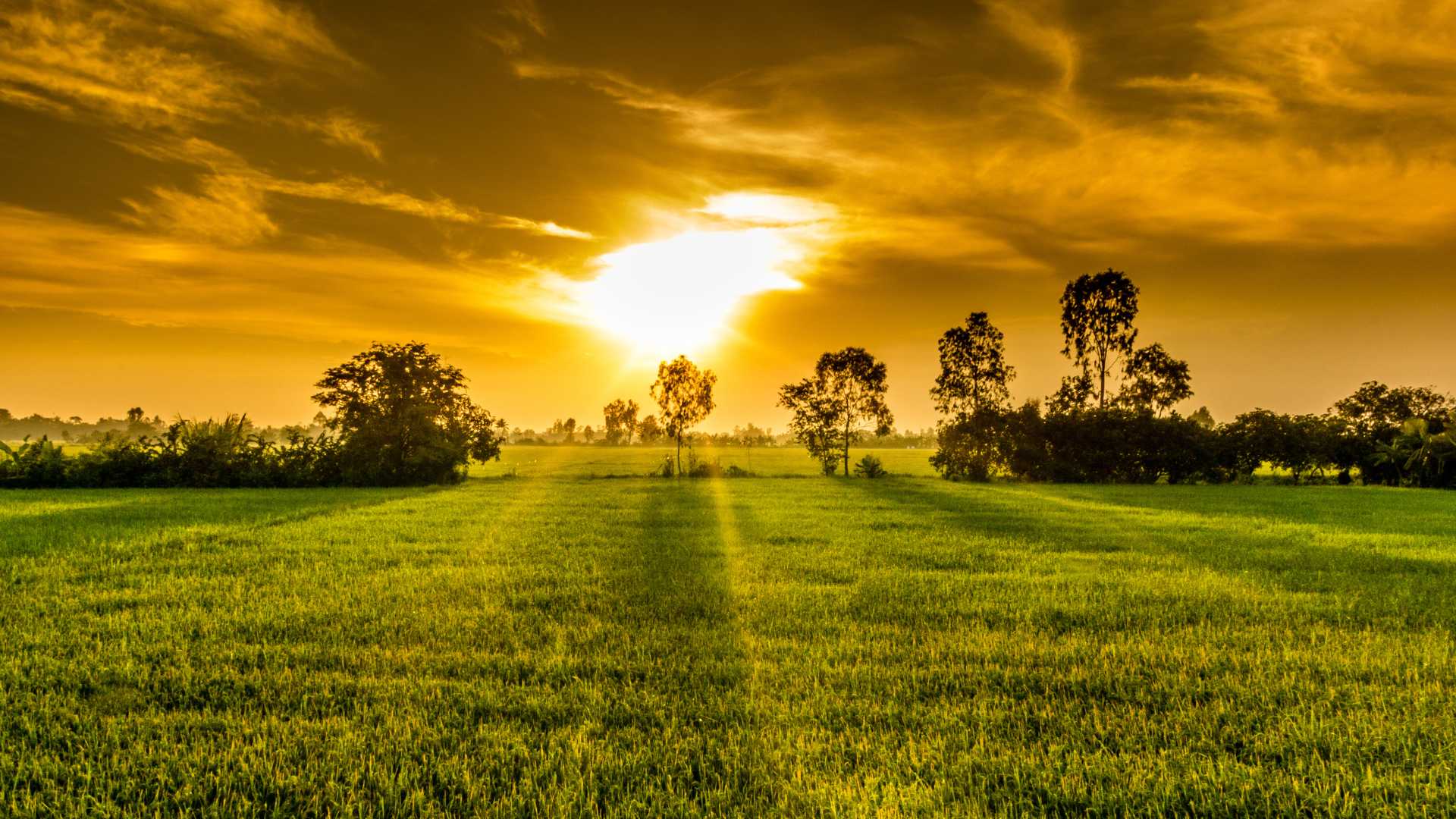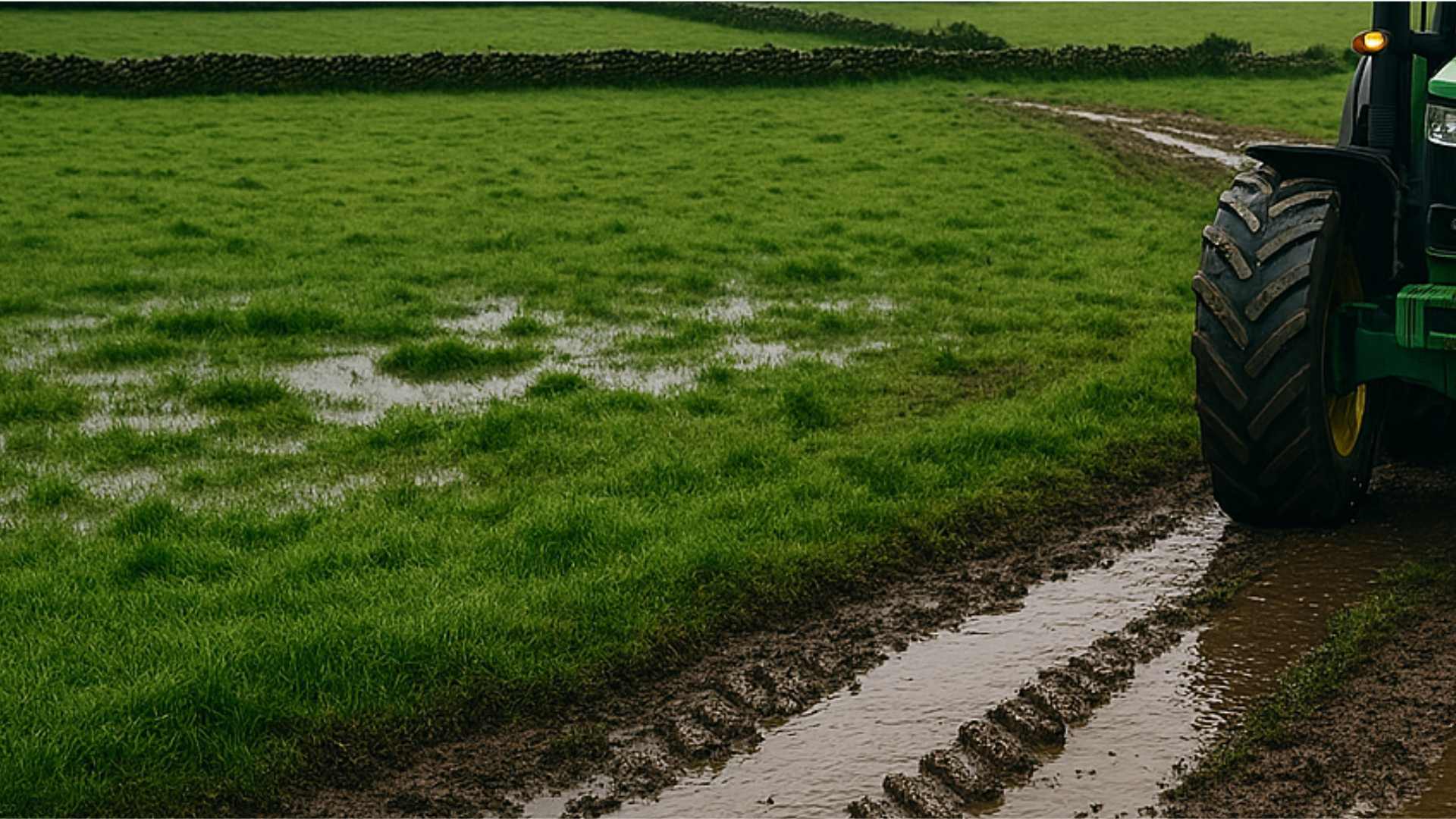
Agri Emissions Dip but Fertiliser Use Sparks Concern

Teagasc has called for urgent, coordinated action across the agri-food sector following the publication of the EPA’s Provisional Greenhouse Gas Emissions 1990–2024 report, which shows a 1.7% drop in agricultural greenhouse gas emissions for 2024.
According to the Environmental Protection Agency, Irish agriculture emitted 20.41 MtCO₂e in 2024—a reduction of 0.346 MtCO₂e on 2023. While this represents progress, Teagasc experts have flagged worrying trends in fertiliser use and beef finishing ages that risk undermining further progress.
Dr Karl Richards, Head of the Teagasc Climate Centre, said the sector must double down on low-emissions technology: “While fertiliser use had been falling since 2018, it rose again in 2024. This contributed to an increase in nitrous oxide emissions, despite progress elsewhere. On the plus side, protected urea now accounts for nearly a third of straight nitrogen fertiliser sales—up from zero in 2018. But we need to push this figure much higher, towards 80%.”
Teagasc also warned of declining lime application and reduced fertiliser Phosphorus (P) and Potassium (K) purchases in both 2023 and 2024—key factors in soil fertility and reducing nitrogen dependency.
Dr Tom O’Dwyer, Head of the Teagasc Signpost Programme, said the focus must remain on efficient nutrient use: “Less lime and reduced P and K inputs are worrying. Without proper soil fertility, we risk reversing gains in nitrogen efficiency. Farmers need to focus on nutrient management planning, manures, lime, clover, and grassland performance.”
While methane emissions fell 2.9% in 2024, Teagasc cautioned that this could be temporary, as beef finishing ages began to rise again due to poor weather and a shift in production practices.
Dr Paul Crosson, Teagasc’s Beef Enterprise Leader, said: “Finishing cattle earlier is critical—not just for emissions, but for profitability. The average age at finishing increased to 26.5 months in 2024, reversing recent gains. That trend must be tackled head-on.”
Looking ahead, Teagasc is preparing to roll out new mitigation tools, including methane-reducing feed additives and slurry amendments. However, Dr Richards warned that financial backing will be essential to ensure uptake: “These innovations are almost ready for commercial use, but we’ll need proper business models and supports to ensure they reach farms fast enough to make a difference.”
Agriculture accounted for 38% of Ireland’s total greenhouse gas emissions in 2024. Compared to 2018—a baseline year for Ireland’s 2030 targets—emissions from the sector have fallen by 4.6%.
Share this WeathÉire story:







